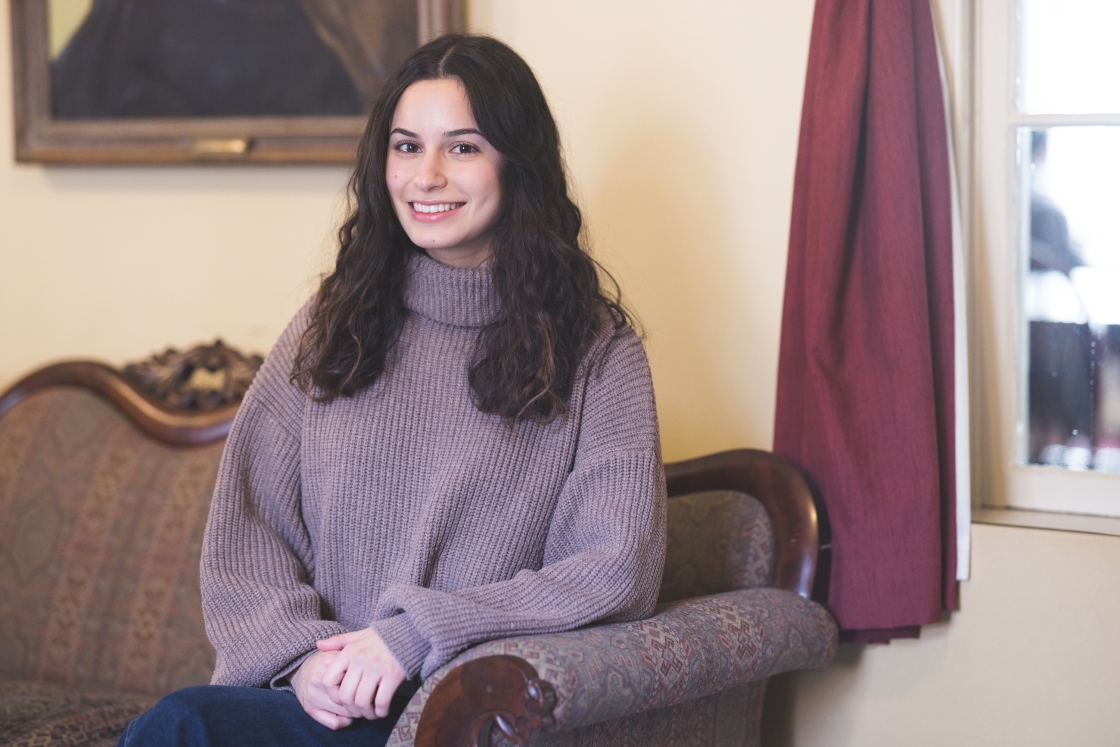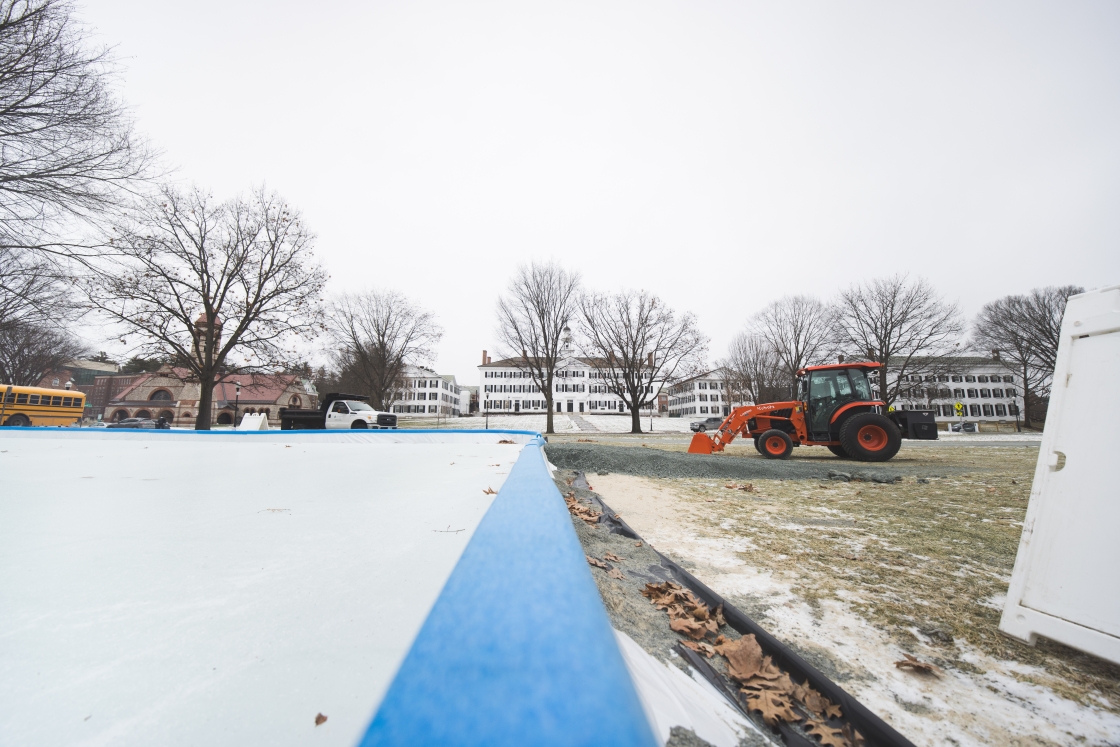Read the full story by Julie Bonette, published by Thayer School of Engineering.
Most people who undergo breast biopsies do not have cancer, according to Cancer.org. Given that, a group of researchers are trying to minimize the number of unnecessary biopsies using an innovative technique that combines two commonly used methods. Their approach may streamline the diagnostic process by providing substantially clearer imaging for doctors, potentially leading to more accurate diagnoses and reduced anxiety in patients.
An academic-industry partnership spearheaded by engineers at Dartmouth recently received a $3 million grant from the National Cancer Institute to pursue the idea of developing a multi-modal breast-imaging platform that simultaneously uses Microwave and Magnetic Resonance Imaging (sMMRI), a first in the field.
“An MRI by itself produces very high-resolution images, but weak specificity, meaning it’s hard to determine if a suspicious area is malignant, while microwave imaging provides images with remarkable specificity, but suffers from poor resolution,” says Multi-Principal Investigator Paul Meaney, a professor of engineering at Dartmouth. “So, the idea is to combine the two methods to get a more accurate rendering of the tumor or lesion zone, but it’s very difficult to do.”


